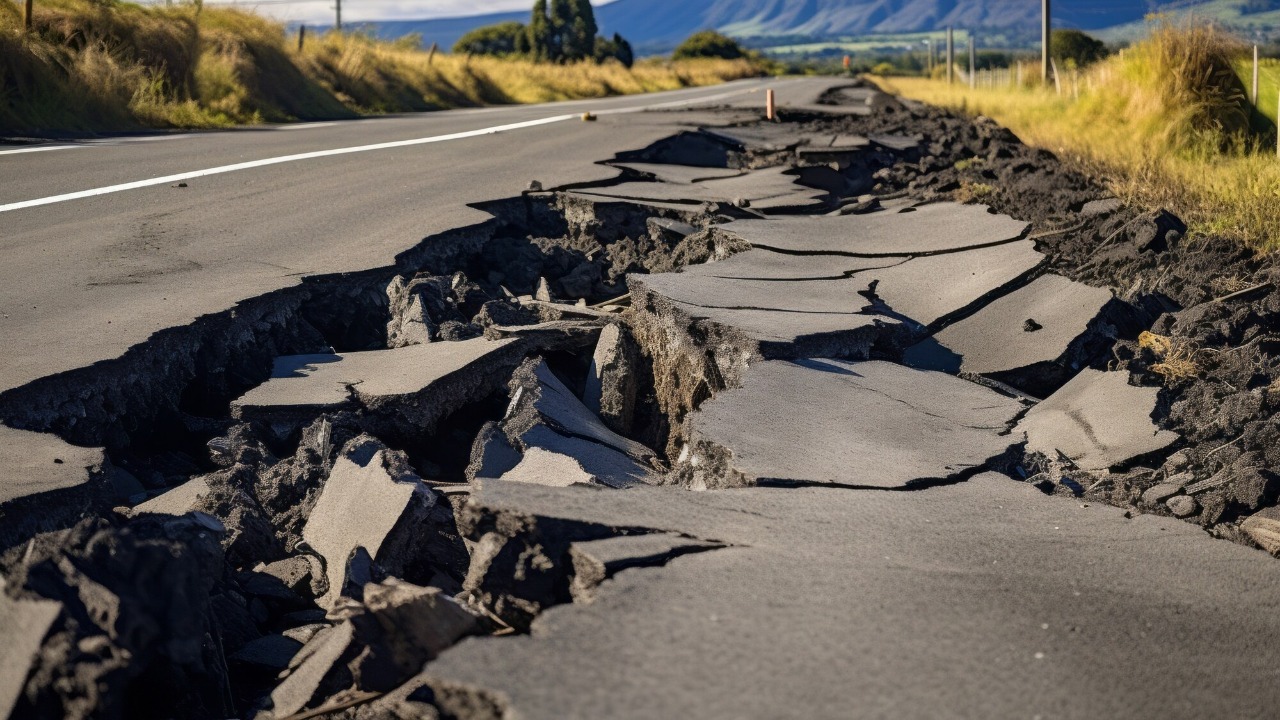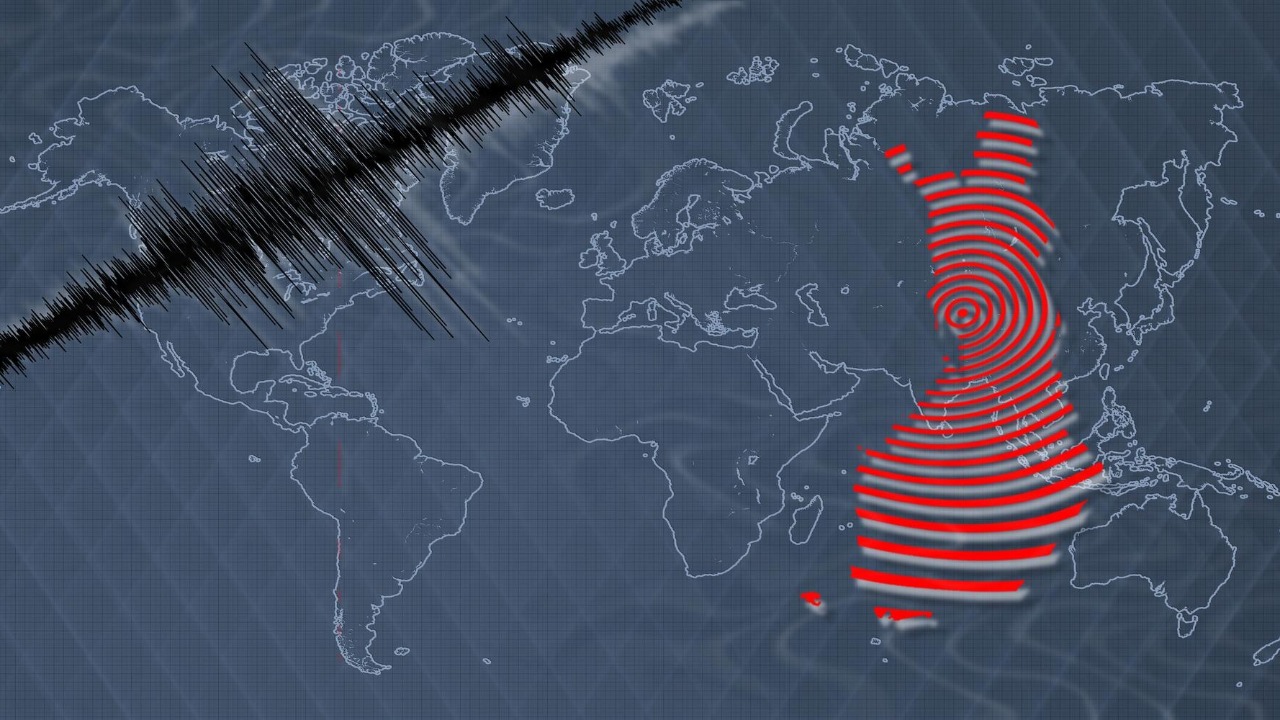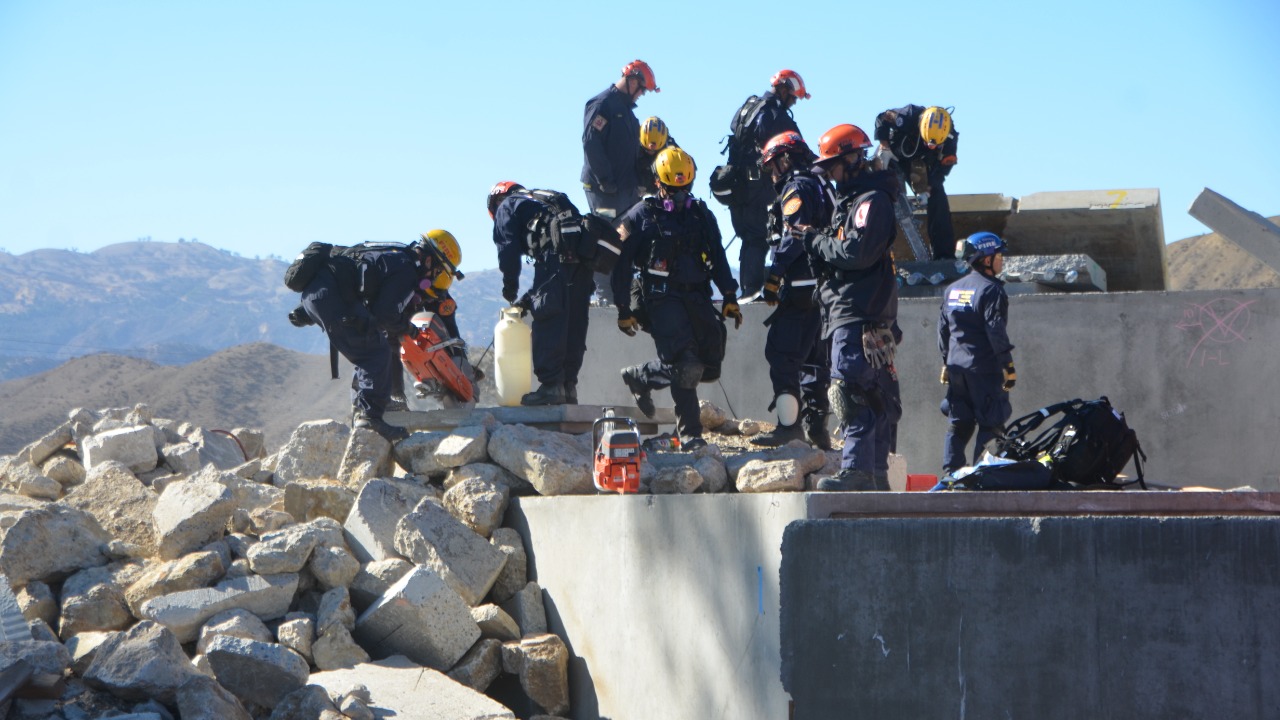
Scientists are sounding the alarm about the potential for back-to-back monster earthquakes in California, a scenario that has historical precedent and could recur based on recent geological studies. These studies highlight the state’s vulnerability due to its complex network of fault lines, which could trigger sequential seismic events with devastating consequences. The implications for preparedness and infrastructure resilience are significant, as experts urge for updated building codes and emergency protocols to mitigate the impact of such natural disasters.
Historical Precedent for Back-to-Back Quakes

California’s history is marked by instances of major earthquakes occurring in rapid succession, underscoring the state’s seismic volatility. One notable sequence involved two significant quakes that struck in close proximity, both in terms of time and location. These events, with magnitudes exceeding 7.0, caused widespread destruction across the affected regions. The epicenters were located along critical fault lines, which played a pivotal role in the rapid succession of these seismic events. The immediate impacts included extensive structural damage and significant disruptions to daily life, as communities struggled to cope with the aftermath [source].
The geological triggers for these back-to-back quakes are rooted in the interactions between fault lines. When one fault experiences a significant release of stress, it can transfer additional stress to adjacent faults, increasing the likelihood of subsequent earthquakes. This domino effect was evident in the historical sequence, where the initial quake destabilized nearby fault segments, leading to a second major tremor shortly thereafter. Survivor accounts from these events paint a vivid picture of the compounded devastation, with many describing the psychological toll of enduring multiple large shocks in a short period [source].
Scientific Analysis of the Mechanism

The scientific community has been closely examining the tectonic processes that enable one earthquake to trigger another nearby. Central to this analysis is the stress accumulation on the San Andreas Fault, a major geological feature that plays a critical role in California’s seismic activity. Researchers have developed seismic data models that illustrate how the energy released from an initial quake can destabilize adjacent fault segments. This destabilization significantly increases the likelihood of a follow-up quake, as the accumulated stress seeks release through additional seismic activity [source].
Experts emphasize that California’s unique fault network makes it particularly susceptible to these chained seismic events. Geologists point to the intricate web of faults that crisscross the state, each with the potential to interact with others in complex ways. This interconnectedness means that a significant quake on one fault could easily set off a chain reaction, leading to multiple large tremors in quick succession. The probability factors for such events are a focus of ongoing research, with scientists striving to better understand the conditions that could lead to a repeat of historical sequences [source].
Potential for Future Events

Recent studies have provided predictions on the timing and scale of potential future back-to-back megaquakes in California. These predictions suggest that the state could experience quakes with magnitudes above 7.0, posing a significant threat to urban centers, particularly in Southern California. The densely populated areas along the fault lines are especially vulnerable to sequential shaking, which could lead to catastrophic damage and loss of life. The new study highlights the need for heightened awareness and preparedness among residents and local authorities [source].
Advancements in seismic monitoring technology offer some hope for early warning systems that could provide crucial alerts in the event of chained seismic events. Real-time seismic networks are being developed to detect the initial signs of an earthquake and predict the likelihood of subsequent quakes. These systems aim to give residents and emergency responders valuable time to prepare and respond, potentially saving lives and reducing the impact of these natural disasters. However, the effectiveness of these systems depends on continued investment and research to refine their accuracy and reliability [source].
Implications for Preparedness

In light of the potential for back-to-back earthquakes, experts are advocating for updated building codes and retrofitting strategies designed to withstand multiple large shocks. These recommendations focus on enhancing the structural integrity of buildings and infrastructure, ensuring they can endure the intense shaking associated with sequential seismic events. Retrofitting older structures is particularly important, as many were built before modern seismic standards were established. By investing in these measures, California can reduce the risk of catastrophic damage and improve the resilience of its communities [source].
Emergency response protocols are also being updated to reflect the lessons learned from historical back-to-back quakes. Coordination between state agencies is crucial to ensure a swift and effective response in the aftermath of such events. This includes pre-positioning resources, conducting regular drills, and establishing clear communication channels to facilitate rapid decision-making. Public education campaigns are being launched to inform residents about evacuation and survival tactics, empowering them to take proactive steps in the event of prolonged seismic activity [source].